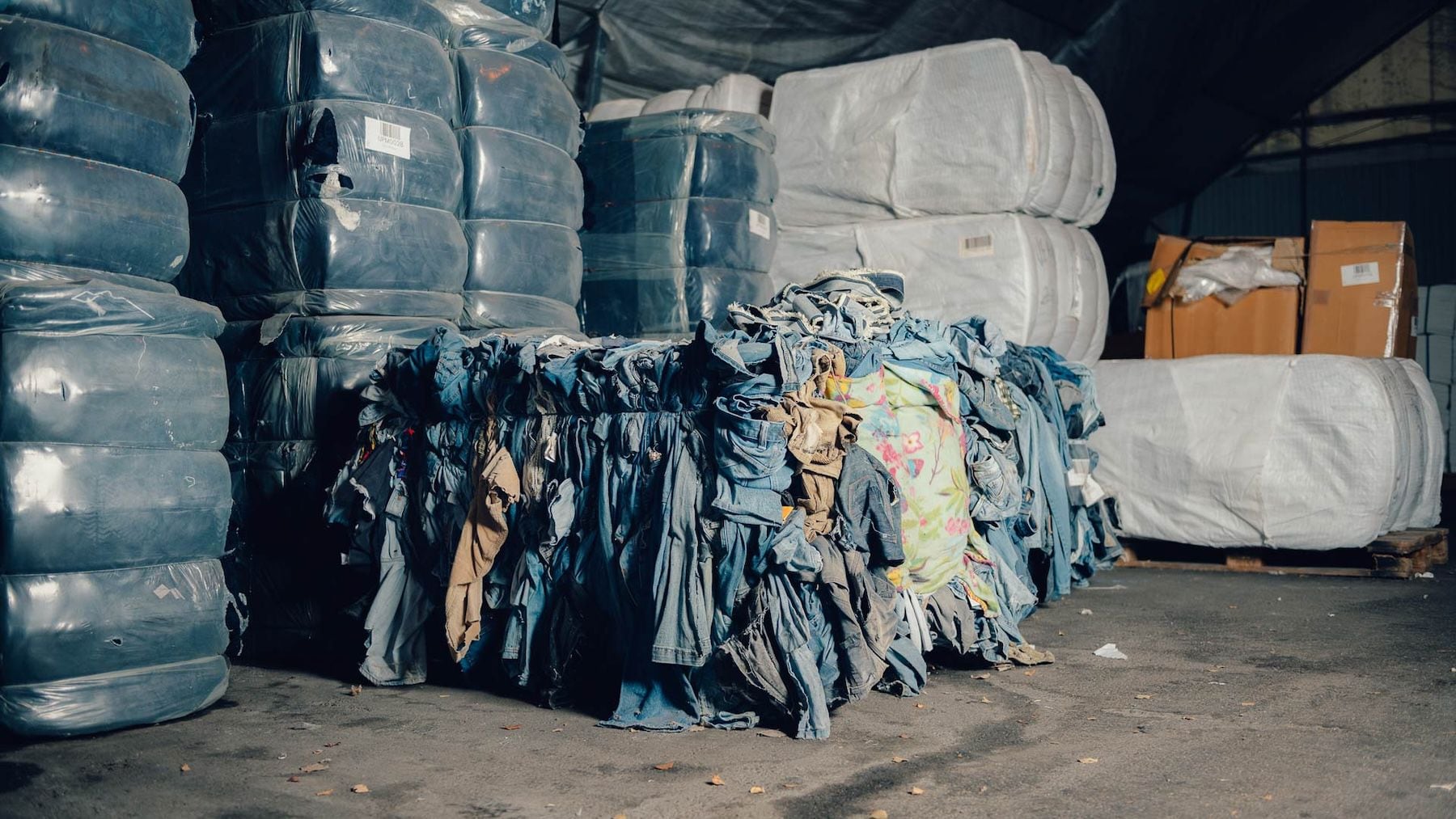
In the global effort to mitigate climate change and preserve our planet, every sector is at a crossroads, and the fashion industry is no exception.
Luckily, we have many of the solutions required to prevent climate catastrophe. The issue is that they are currently struggling to scale.
Take as an example the recent bankruptcy of Swedish recycler Renewcell.
The company was at the vanguard of a rising generation of material innovators positioned to bring lower-impact textiles to market — a shift widely viewed as critical to fashion’s ambitions to curb its impact on climate and nature.
The sourcing and processing footprint of raw materials is responsible for the heftiest proportion of the fashion industry’s emissions, water usage and nature impacts. Keeping a cap on global temperatures also means ending deforestation and forest degradation this decade — a central focus of my work. But every year, over 300 million trees are logged to make fabrics like viscose and lyocell for the fashion sector, and another 3 billion trees are razed for packaging to ship these and other goods around the world, according to estimates from my organisation, Canopy.
Renewcell, with backing from some of fashion’s biggest brands, built the world’s first commercial-scale mill capable of recycling old textiles into a replacement feedstock for these wood-based materials.
But the company ran into two fundamental challenges: long lead times and high prices. These hurdles come with the territory for any new material seeking to penetrate an established market, but they proved fatal in the context of a broader downturn that sent the price of conventional wood-based-textiles to exceptional lows. Renewcell could not compete in this climate. Achieving the competitiveness that comes with economy-of-scale production required more runway and a system ready to bolster their prospects.
While disappointing, Renewcell’s is not the first environmental innovation to have had a difficult time getting off the ground. Indeed almost all progress towards global climate goals has relied on forward-thinking industry leaders, ambitious investors, and, importantly, accommodative government support.
Solar power and other renewable energy sources are now the cheapest options for power generation in some markets, largely due to government initiatives designed to stimulate market growth. Favourable tariff regimes, subsidies and renewable energy mandates created an environment that enabled leading investors and businesses to push forward advancements in technology, build large-scale manufacturing facilities and develop innovative financing models that now underpin the sector.
These same factors can help circular material innovations to be competitive on accelerated timelines.
Like renewable energy, technologies that can turn excess materials such as discarded apparel or agricultural waste into brand-new clothing, paper, and packaging, are climate game changers. But unlike clean power, they are not currently receiving the support they need.
Policymakers need to enact smart regulation that helps markets to make the necessary shifts. This support must include transition funding, such as tax breaks and subsidies for innovators and retrofits by conventional producers, purchase incentives for brands, and additional public-private partnerships for research and development.
Without such support, industry will struggle to comply with ambitious regulatory moves intended to curb the fashion sector’s negative environmental impact.
Already, some have remarked that Renewcell’s experience is a reason to step back from the transition to lower-impact materials.
It is not. Rather, this is a pivotal moment to step forward.
In the weeks after Renewcell declared bankruptcy, over 30 leading brands sent letters of intent to purchase textiles made with the company’s flagship product, demonstrating that the market is keen to scale low-carbon alternatives, even if the system has been slow to kick into gear. Fierce competitors have stepped forward to co-invest in several more innovators and a number of bidders have expressed interest in buying Renewcell out of bankruptcy.
It bodes well that brands are still leaning in to support the scale-up of these new solutions and to be clear, they, along with investors, need to continue to do so, more than ever.
Government, however, is almost invisible in this space – and supporting policies and incentives focused on commercial-scale production could play a breakthrough role in making these innovations mainstream.
It’s clearer than ever that the demand is there, the technology is ready, the need has never been greater, and the benefits are massive. Next-gen materials are ripe to transform the fashion sector and we can’t miss this opportunity – the future of fashion and our planet depend on it.
Nicole Rycroft is the founder and executive director of Canopy, a non-profit that works with businesses to transform supply chains to protect ancient and endangered forests.
The views expressed in Op-Ed pieces are those of the author and do not necessarily reflect the views of The Business of Fashion.
How to submit an Op-Ed: The Business of Fashion accepts opinion articles on a wide range of topics. The suggested length is 700-1000 words, but submissions of any length within reason will be considered. All submissions must be original and exclusive to BoF. Submissions may be sent to [email protected]. Please include ‘Op-Ed’ in the subject line and be sure to substantiate all assertions. Given the volume of submissions we receive, we regret that we are unable to respond in the event that an article is not selected for publication.


